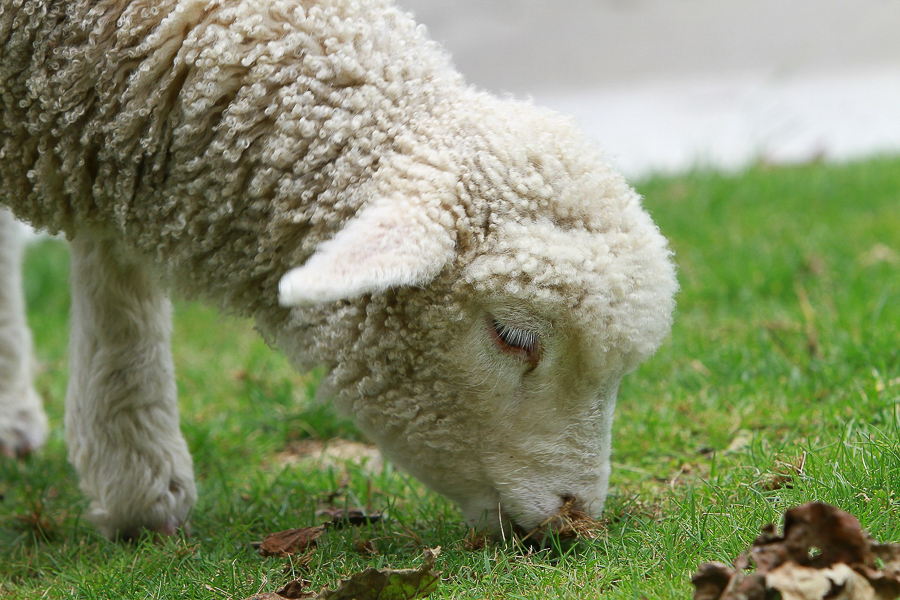
Drench resistance is a topic that makes us as vets run the risk of sounding like a broken record or doomsday predictors. Unfortunately, the reality is we are seeing an exponential rise in documented drench resistance year on year. It is not all doom and gloom however as this topic is prompting some great discussions around how farmers can still optimise production, with and without drench resistance.
If you don’t have drench resistance, then I would encourage you to hold onto this status and make it a priority. It’s easier to prevent drench resistance than it is to live with it.
Some farms no longer have this luxury and unfortunately are going to have to live with drench resistance as their new normal. If we are going to live with it, we must optimise all other facets of animal health.
How to prevent drench resistance
Resistance is basically genetics. When you select your ewe lambs with the best growth rates as replacements, you are effectively selecting those with better genetics. The idea is that selection pressure over time builds up better genetics i.e. survival of the fittest.
You are doing the same with parasites every time you drench. Those that survive the drench, pass on their genetics and over time the resistance genes build up.
This past autumn in South Canterbury/North Otago, we had a period of a few warm wet weeks which offered the perfect environmental conditions for parasite larvae development. Farmers following a 28-day drench program were finding that by day 28, lambs were extremely ‘wormy’ to the point that growth rates were static. These ‘wormier’ seasons could become the norm and will inevitably mean that more and more selection pressure will be put on these parasites.
Monitor, monitor, monitor!
That means make Faecal Egg Counting (FEC) part of your routine. If you do not know how well your drench is working, you cannot make informed decisions around drench use. Monitor FECs prior to drenching in capital stock to see if they even need drenching. Monitor FECs 10-14 days post drench to see how well your drench worked. And monitor FECs 80 days post long-acting injection/capsule to see if there is any leakage. Best of all is to have a Faecal Egg Count Reduction Test (FECRT) to quantify and qualify your drench resistance status.
Trace elements and growth rate
When investigating poor lamb growth rates, one scenario we often find is the farm has drench resistance, marginal trace element deficiencies (B12 and Se) as well as low nutrition (high stocking rate and low protein feed). These variables all contribute to poor growth rates. The introduction of a novel drench, trace element supplement (Injection) and better feeding produce a rapid result. Drench resistance is not a quick fix, but it is very easy to fix trace element deficiencies and with planning, nutrition can also be improved.
I cannot emphasise enough; how important nutrition is to the health and production of your animals – especially the protein aspect of nutrition. Farms with drench resistance can still achieve good growth rates with a good quality feed. Examples would be lucerne and clover dominated swards.
If you feel that your young stock, lambs, or cattle, are not growing as well as they should be or have done in the past then consider getting in touch with your local Vetlife veterinarian. The problem is almost always multifaceted and requires a strategic approach, but I would encourage you to have drench resistance in the front of your mind.